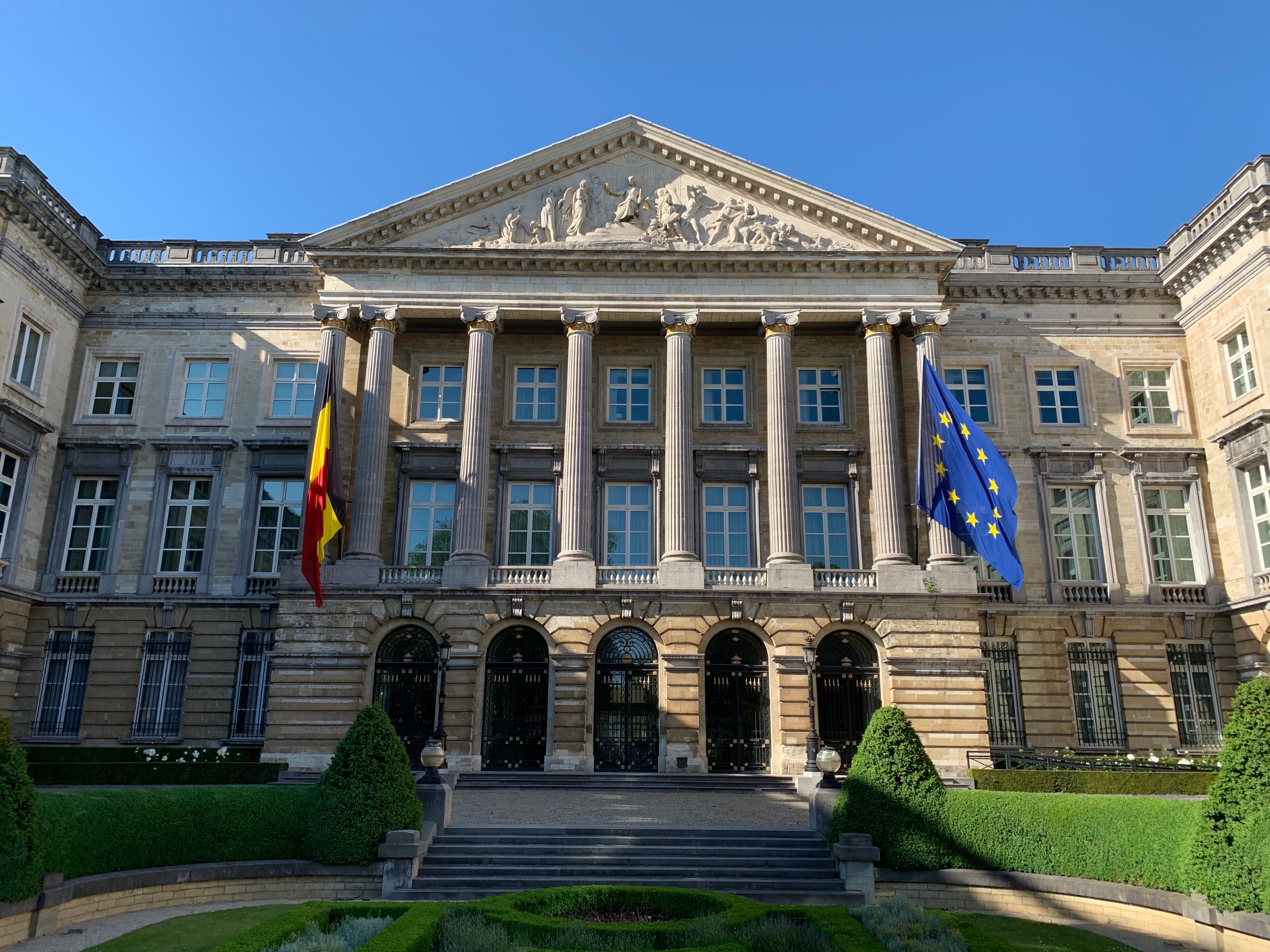P2 seeks to enforce a global minimum tax at an effective rate (ETR) of 15% for each country in which a multinational group operates. P2 applies to groups with annual revenues exceeding € 750M. For this purpose, a group consists of all entities that are included on a line-by-line basis in the consolidated financial statements of the ultimate parent entity.
To assess the impact of P2 on EU fund structures set up by US fund managers, the first step is to identify whether any consolidation takes place and, if so, whether the € 750M threshold is met.
Generally, EU fund vehicles (Funds) do not consolidate their investments and intermediary asset holding companies (HoldCos) and are therefore not in scope of P2.
At the level of the HoldCos, it should be determined whether they consolidate their investments in portfolio companies on a line-by-line basis under the accounting standards they apply or would be required to do so under a deemed consolidation rule that applies under P2 (to be discussed in the next Snippet). In case the Fund holds its investments in portfolio companies via a ‘master holding company’ (MHC), it is relevant to assess whether (deemed) consolidation applies at that level. If so, the results of the portfolio companies should be aggregated at the level of MHC to determine whether the € 750M threshold is met.
If (deemed) consolidation does not apply at MHC level, this may provide an economic advantage for PE fund purchasers. A simple illustrative example: a target company with a low-tax constituent entity (LTCE) in its structure (ETR <15%) has revenues of € 500M. The first potential buyer is a strategic buyer (SB) in scope of P2. The second one is a PE fund that holds two portfolio companies with revenues of € 400M each via an MHC. If SB acquires the target, LTCE’s profits would generally be exposed to top-up tax. However, this would not be the case for the PE fund if MHC does not consolidate its investments.
Even if the Fund and HoldCos do not consolidate, it’s important to check whether any portfolio company consolidates its subsidiaries and meets the € 750M threshold.
If there is an in-scope consolidated group, the second step is to determine whether the P2 exemption for ‘excluded entities’ (EE) applies. An EE is not subject to top-up tax and its profits, losses and taxes are excluded from the P2 ETR calculation. In many cases, Funds and HoldCos should qualify for this exemption, but there are some important points of attention in this respect.
In our next Snippets, we will describe consolidation in fund structures under P2 (#18) and the notion of EE (#19) in more detail.
Want to know more about this topic? Reach out to one of our colleagues mentioned below.








